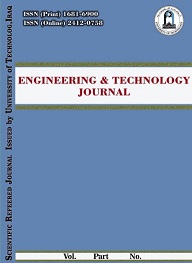Abstract
Solar thermal energy is essential for industrial and home applications, such as solar drying, space heating, water heating, and water desalination. Solar collectors are essential elements in these systems, as they transform solar irradiance into thermal energy. Evacuated heat pipes (EHPs) have emerged as efficient thermal transfer devices among sophisticated solar thermal technologies, capable of handling heat with low losses. These pipes function by employing a vacuum-sealed environment that markedly diminishes thermal resistance and convective heat loss. The heat transfer process is facilitated by the phase change of a working fluid, which evaporates at the heat source and condenses at the cooler end, so permitting efficient thermal management. This research study provides a thorough examination of developments in heat pipe-evacuated tube solar collectors (ETSCs), emphasizing diverse techniques for improving their efficiency. The initial section underscores the significance of ETSCs in solar residential hot water systems, outlining the particular applications and benefits of various collector types. The second section addresses the application of nanofluids to enhance heat transfer efficiency and the incorporation of phase change materials (PCMs) to guarantee a continuous heat supply, even post-sunset. Moreover, the work proposes the ideal concentration of nanofluids for diverse applications, offering significant insights for the next research.
